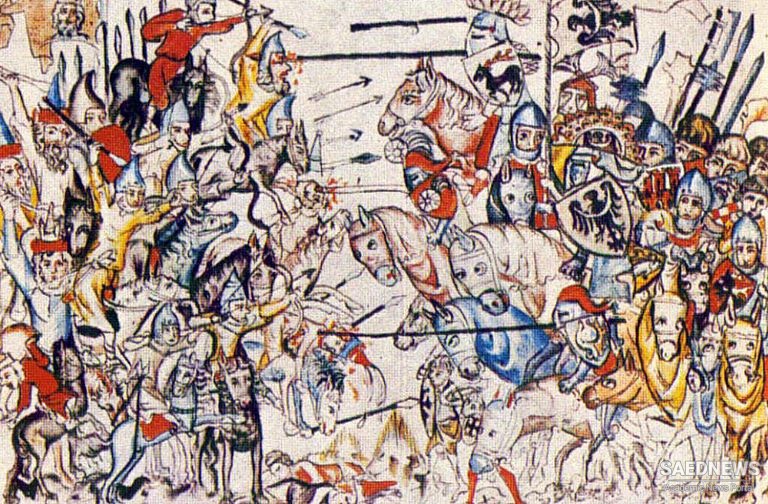But this should be considered with some reserve. Most likely his opinion has been influenced by Rashid al-Din, who as Christensen points out ‘had an obvious interest in exaggerating the administrative chaos and the extortionate taxation of Ghazan Khan’s predecessors.’ He aimed to legitimize his patron’s rule and by the same token his own, as he had come to power with Ghazan’s accession to the throne.
Ghazan’s conversion may have improved the situation for the Muslims, but it certainly did not bring any benefits to the non-Muslims. There was a brutal purge of non-Muslim Mongols from the political scene. Therefore it is far from certain that the level of cruelty had really decreased, as the number of victims under the new Mongol regime was still significant. The Muslim Mongol Amir, Nawruz, on whom Ghazan had relied for his power, abhorred the non-Muslims. Once in power, he made Islam again the religion of state and proclaimed a yarligh for the destruction of churches, synagogues, pagodas and fire temples. The jizya and even dress codes, that had been in place only under some caliphs, were reimposed. In Mosul, Christians succeeded in saving their churches from destruction by paying the authorities. In Arbela, they were too poor, and their churches were destroyed. In Baghdad, the palace of the Catholicos was reoccupied by the Muslims and the statues and the Syriac inscriptions were removed. The cemetery containing the bodies of the patriarchs Makkikha II (died 1265) and Denha (died 1281) was also appropriated by the Muslims. In Hamadan and Tabriz, the residence of the bishop and the main church were razed to the ground. In Maragha, the Catholicos Yahballaha was arrested and tortured, but his persecutors’ aim to have him apostatize failed. He paid his captors a substantial amount of money in order to save his life, but was unable to save the Mar Shallita church. He then escaped from Maragha and went to Tabriz to visit the Khan, but the latter refused to grant him audience. As a result, he had to hide, but was found by two Mongol agents, one of whom was a Christian converted to Islam. He was rescued by his disciples and one of his messengers succeeded in seeing Ghazan in 1296. The Armenian King Hethum I saved the church of Rabban Bar Sauma by paying from his treasury, and complained to Ghazan about the tribulations inflicted upon the Christians. Ghazan, who had married the niece of the King, responded that he had not consented to such abuses, and took measures to stop them.
On the other hand, he did not remedy the agony of the Buddhists and Shamanists, who suffered the most from Nawruz’s religious zeal. They were given a choice between conversion or exile. The reason for Ghazan’s intransigence with the Buddhists appears to be political, as those who had remained of that creed were Mongol soldiers, and they could not tolerate Ghazan’s adherence to Islam and wished to eliminate him.


 Mongol Reception of Persian Christians in Post-Arab Conquest Iran
Mongol Reception of Persian Christians in Post-Arab Conquest Iran














































